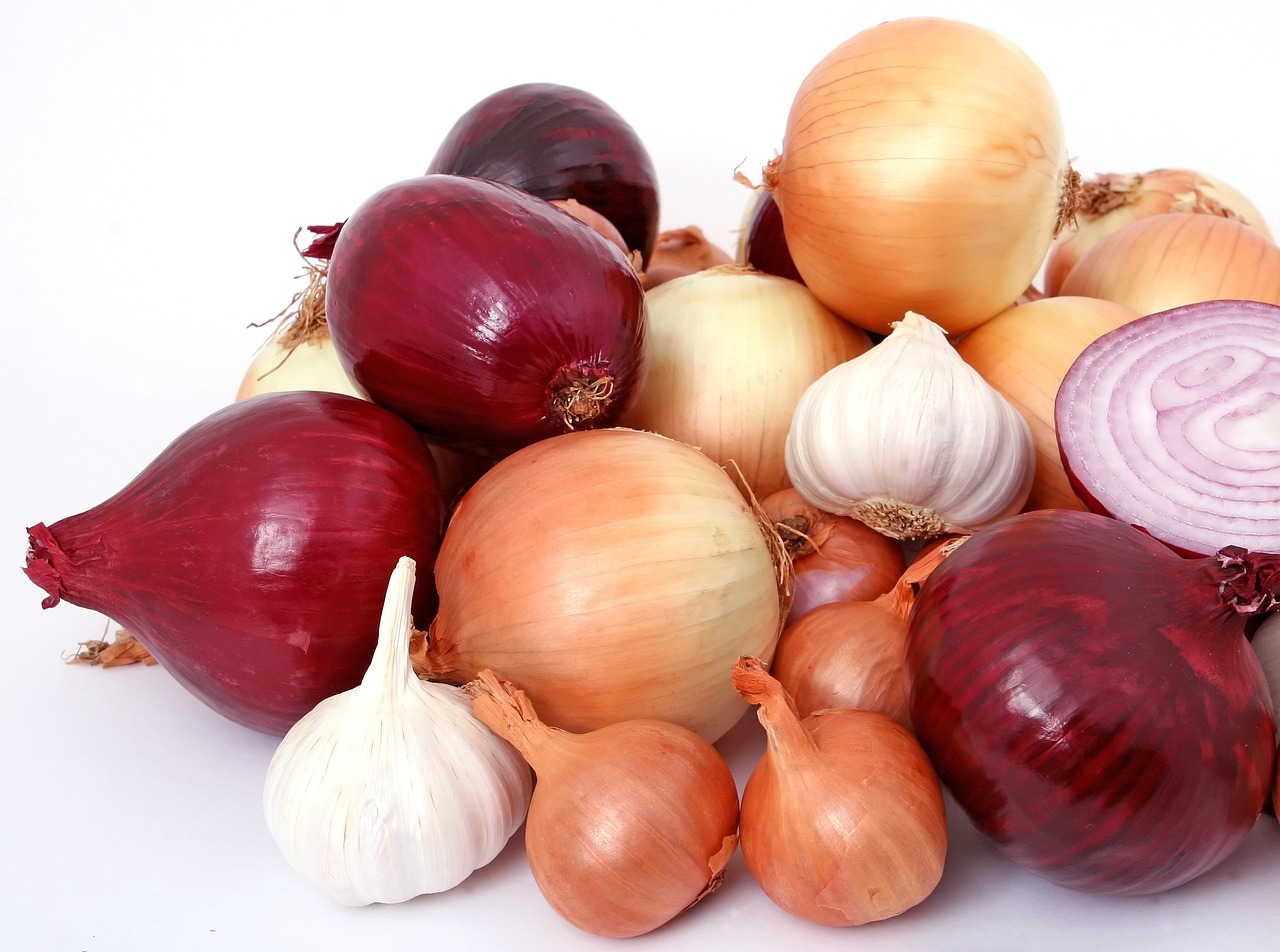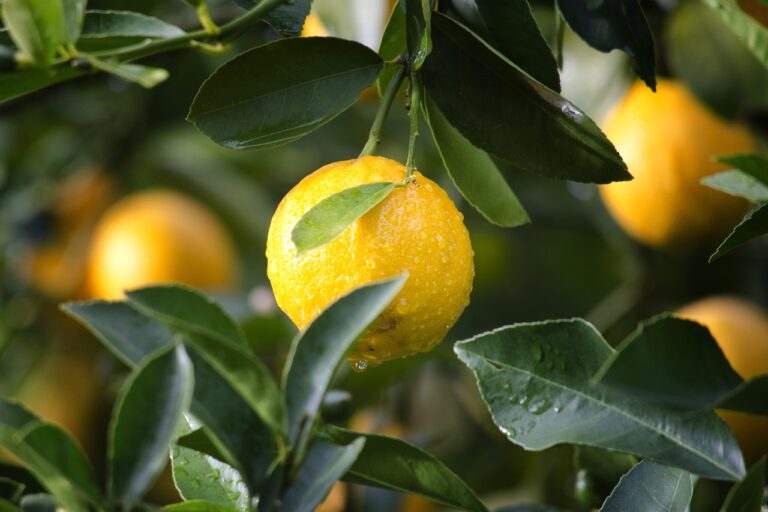Analyzing the Impact of Cheese Making on Indigenous Languages
goldbet.com login, tigerexch247, betbook247 id:Cheese making is a traditional craft that has been passed down through generations in various indigenous communities around the world. While it may seem like a simple process, the impact of cheese making on indigenous languages is significant and often overlooked. In this article, we will delve into the intricate relationship between cheese making and indigenous languages, and explore how this ancient practice can help preserve linguistic diversity.
The Origins of Cheese Making:
Cheese making has been around for thousands of years, with evidence of its existence dating back to ancient civilizations such as the Sumerians and Egyptians. Indigenous communities in various parts of the world have their own unique methods of cheese making, using locally sourced ingredients and traditional techniques that have been perfected over centuries.
One of the key aspects of cheese making is the use of language. Indigenous languages play a crucial role in passing down the knowledge and skills required to make cheese from one generation to the next. Terms for different types of cheese, specific ingredients, and the steps involved in the cheese making process are all part of the linguistic heritage of indigenous communities.
The Impact of Cheese Making on Indigenous Languages:
Cheese making provides a platform for the preservation and promotion of indigenous languages. Through the practice of cheese making, indigenous communities are able to keep their languages alive by using them in everyday activities. This helps maintain a strong connection to their cultural heritage and ensures that their linguistic traditions are not lost over time.
Additionally, cheese making fosters intergenerational communication within indigenous communities. Elders who are well-versed in the traditional methods of cheese making pass on their knowledge to younger generations, creating a sense of continuity and unity within the community. This oral tradition is essential for the preservation of indigenous languages, as it allows for the transmission of linguistic knowledge in a hands-on, practical way.
Moreover, cheese making can serve as a tool for language revitalization and education. By incorporating indigenous languages into cheese making workshops, cooking classes, and cultural events, communities can raise awareness about the importance of linguistic diversity and promote the use of indigenous languages in everyday life. This not only helps preserve linguistic heritage but also contributes to the overall well-being and cultural identity of indigenous communities.
Challenges and Opportunities:
Despite its many benefits, cheese making faces challenges in the modern world. Economic pressures, globalization, and changing dietary preferences have led to a decline in traditional cheese making practices in some indigenous communities. This, in turn, can have a detrimental impact on indigenous languages, as the loss of traditional knowledge and cultural practices can lead to a weakening of linguistic ties within the community.
However, there are opportunities for revitalizing cheese making and preserving indigenous languages. By creating partnerships with local businesses, educational institutions, and government agencies, indigenous communities can promote the value of traditional cheese making and raise awareness about the importance of linguistic diversity. Additionally, initiatives such as language immersion programs, cultural festivals, and community-based language revitalization projects can help keep indigenous languages vibrant and relevant in today’s world.
FAQs:
1. How can cheese making help preserve indigenous languages?
Cheese making provides a platform for the transmission of linguistic knowledge within indigenous communities. By incorporating indigenous languages into the cheese making process, communities can maintain a strong connection to their cultural heritage and ensure that their linguistic traditions are passed down to future generations.
2. What role do elders play in preserving indigenous languages through cheese making?
Elders are essential in passing down traditional knowledge and skills related to cheese making. Their expertise and experience are invaluable in teaching younger generations the linguistic nuances of the cheese making process, helping to keep indigenous languages alive and vibrant.
3. What are some practical ways to promote the use of indigenous languages in cheese making?
One way to promote the use of indigenous languages in cheese making is to organize language-focused workshops, cooking classes, and cultural events that highlight the linguistic and cultural significance of traditional cheese making practices. By incorporating indigenous languages into these activities, communities can raise awareness about the importance of linguistic diversity and encourage the use of indigenous languages in everyday life.





